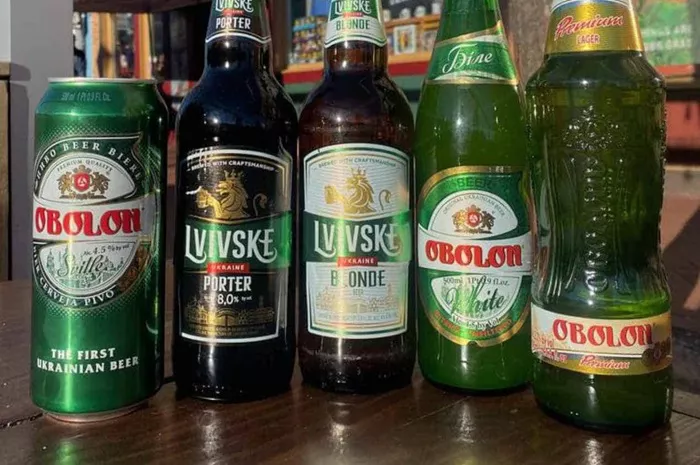As the demand for sustainability grows, industries across the globe are rethinking their environmental impact, with consumer packaged goods (CPG) leading the charge. Among the sectors embracing this shift, wineries and breweries stand out as key players, uniquely positioned to drive sustainable practices in packaging. The beverage industry’s reliance on packaging, paired with a surge in eco-conscious consumer demand, is pushing wineries and breweries to explore innovative, environmentally friendly alternatives.
Eco-friendly Packaging: A Game Changer for Wineries and Breweries
The packaging materials traditionally used in the beverage industry—foam and plastic—have long been the standard, but many wineries and breweries are now looking to sustainable options. With increasing pressure from both consumers and regulators, these companies are turning to biodegradable, recyclable, and plant-based materials, such as aluminum cans, molded pulp inserts, and corrugated boxes. This shift not only addresses environmental concerns but also enhances operational efficiency by reducing waste, lowering transportation costs, and attracting a new base of eco-conscious customers.
For many wineries and breweries, sustainability has evolved from a trend to an integral aspect of their identity. The emphasis on environmentally responsible practices is not limited to packaging; businesses are rethinking their entire supply chains. By switching to greener packaging materials and improving product transit methods, these companies are reducing their carbon footprints while simultaneously reaping cost savings.
Reducing Waste and Embracing Reusability
Beyond choosing sustainable materials, many companies are exploring ways to minimize supply chain waste. Lightweight packaging, for instance, reduces fuel consumption during transport, helping lower both environmental impact and operating costs. Another growing trend is the use of refillable and reusable packaging, such as wine kegs and growlers, which not only reduce waste but also encourage repeat business.
Closed-loop recycling programs have become increasingly common in the industry. These programs allow packaging materials to be returned and reused, preventing waste from ending up in landfills. Collaborative partnerships with suppliers and clients help ensure that waste is minimized across the entire supply chain, benefiting both the environment and the bottom line.
Consumer Demand for Sustainable Practices
Adopting sustainable packaging offers more than just environmental benefits—it can also provide a competitive advantage in the marketplace. According to the 2023 Sustainable Market Share Index, CPG products marketed as sustainable reached a new high, capturing 18.5% of the market share, up from 17.3% in 2022. This trend reflects growing consumer preference for eco-friendly products, with surveys showing that about 70% of regular wine drinkers in the U.S. prioritize sustainability when making purchasing decisions.
For wineries and breweries, aligning their values with those of their customers helps build trust and loyalty. Sustainability is increasingly seen as a selling point that resonates with consumers, making it an effective marketing tool that strengthens brand identity. As a result, businesses that prioritize sustainability not only benefit the planet but also gain positive public relations and marketing opportunities.
Innovations in Sustainable Packaging
As environmental concerns continue to escalate, innovative packaging solutions are emerging. Trends such as edible packaging, carbon-neutral bottles, and alternative foams are gaining traction in the beverage industry. These cutting-edge materials are being championed by forward-thinking wineries and breweries, positioning them as industry leaders in sustainability.
However, the shift toward greener packaging cannot rest solely on the shoulders of early adopters. Industry-wide collaboration between beverage producers, packaging suppliers, and shipping companies is crucial to creating a broader, more meaningful impact. Learning about sustainable packaging options is the first step, but the real change will come from collective action, where businesses work together to implement environmentally responsible solutions.
The Future of Beverage Packaging
Wineries and breweries are already leading the charge in sustainable packaging, with many reaping the rewards of their efforts. As sustainability becomes more widely adopted across the industry, companies that act now have the opportunity to position themselves as pioneers. For those still hesitant, it is important to recognize that sustainability is not a passing trend—it is a movement that is here to stay.
In an industry known for its deep roots in tradition, sustainability offers an opportunity to evolve while maintaining the quality and consistency that consumers expect. As the demand for eco-friendly packaging grows, wineries and breweries that proactively embrace these solutions will find themselves ahead of the curve. The future of beverage packaging is bright, and the time to act is now.
You Might Be Interested In:


